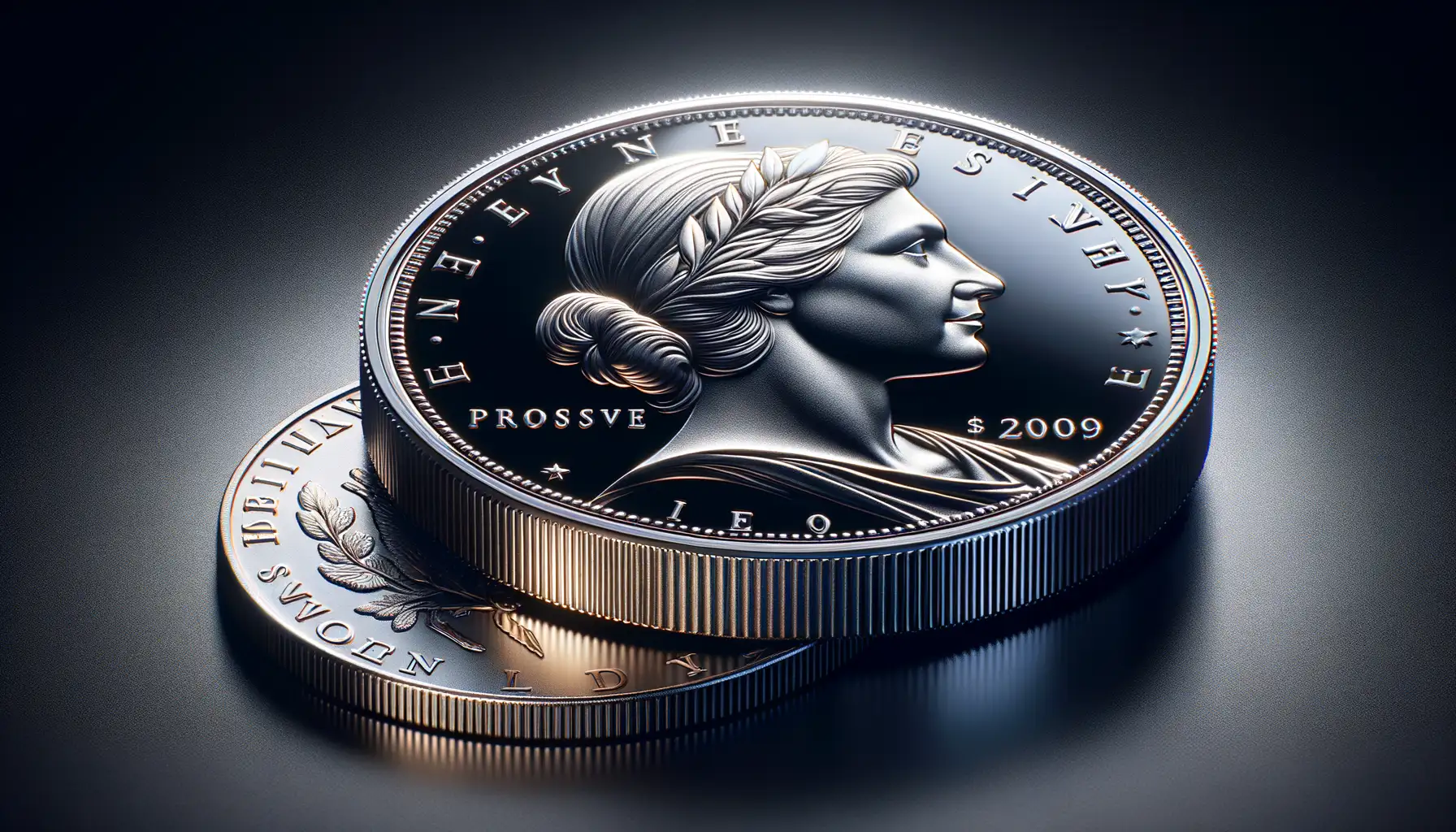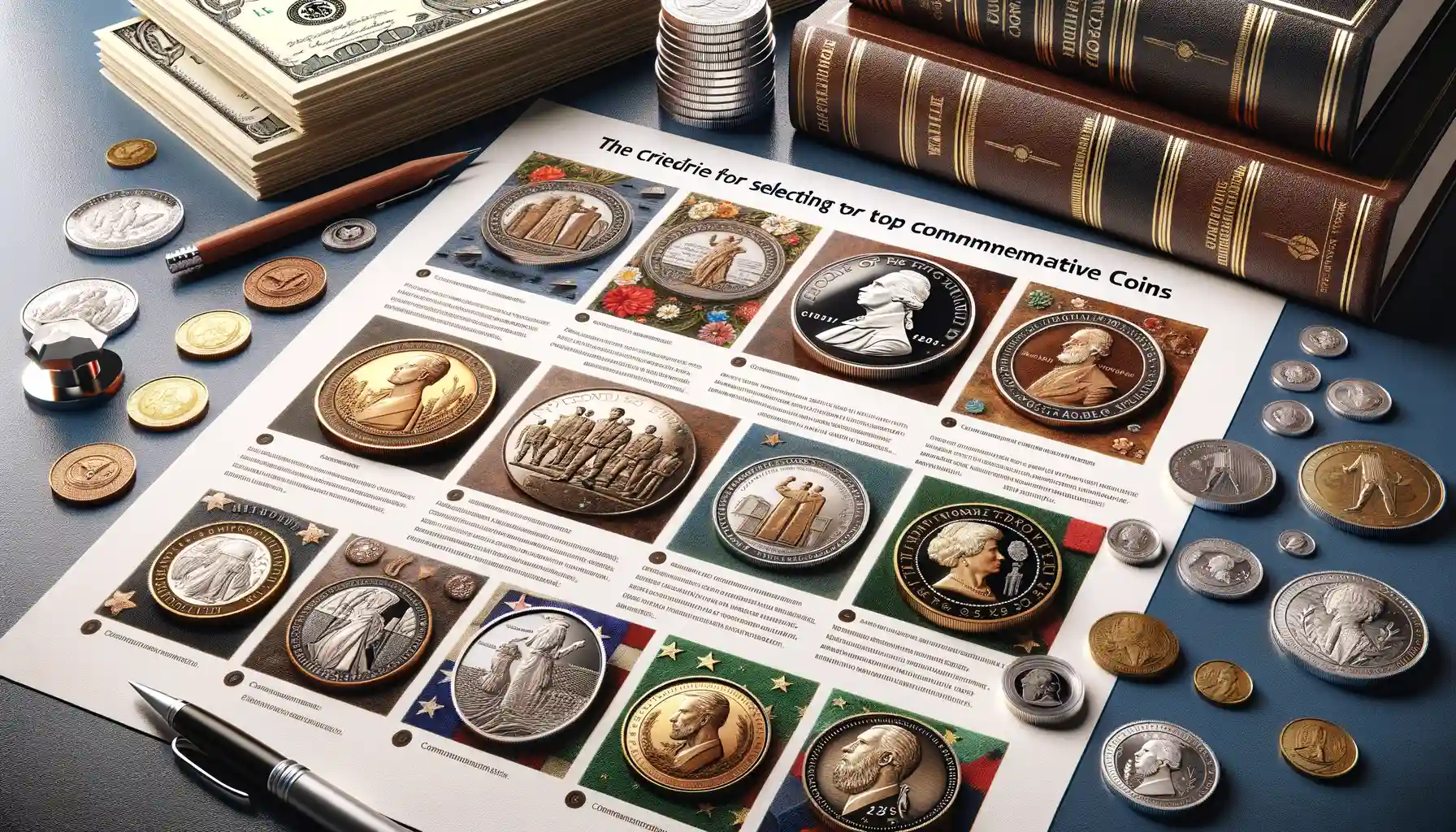Understanding Key Dates in Coin Collecting
Why Key Dates Hold the Spotlight
Imagine this: you’re sifting through a pile of coins, and nestled within the ordinary is a piece of treasure—a coin with a “key date” that could hold significant value. But what makes these particular dates so special? Key dates act as the heartbeat of coin collecting. They represent years where production numbers plummeted or where history unfolded in ways that made certain coins scarce.
Take, for instance, the 1909-S V.D.B. Lincoln cent. To some, it’s just a penny, but to collectors, it’s a crown jewel born from limited mintage and a design controversy. The thrill of discovering such a piece is unmatched, often likened to finding a hidden chapter in your favorite book.
- Mintage numbers: Sometimes, fewer coins were struck due to economic downturns or material shortages.
- Historical significance: Coins from specific years tell stories—wars, legislation changes, or celebratory moments.
Every key date has a story stitched into its metallic threads. To understand them is to uncover a rich tapestry of rarity, history, and pure intrigue. Keep looking—you might just stumble upon one in your pocket change!
Factors That Make a Coin a Key Date
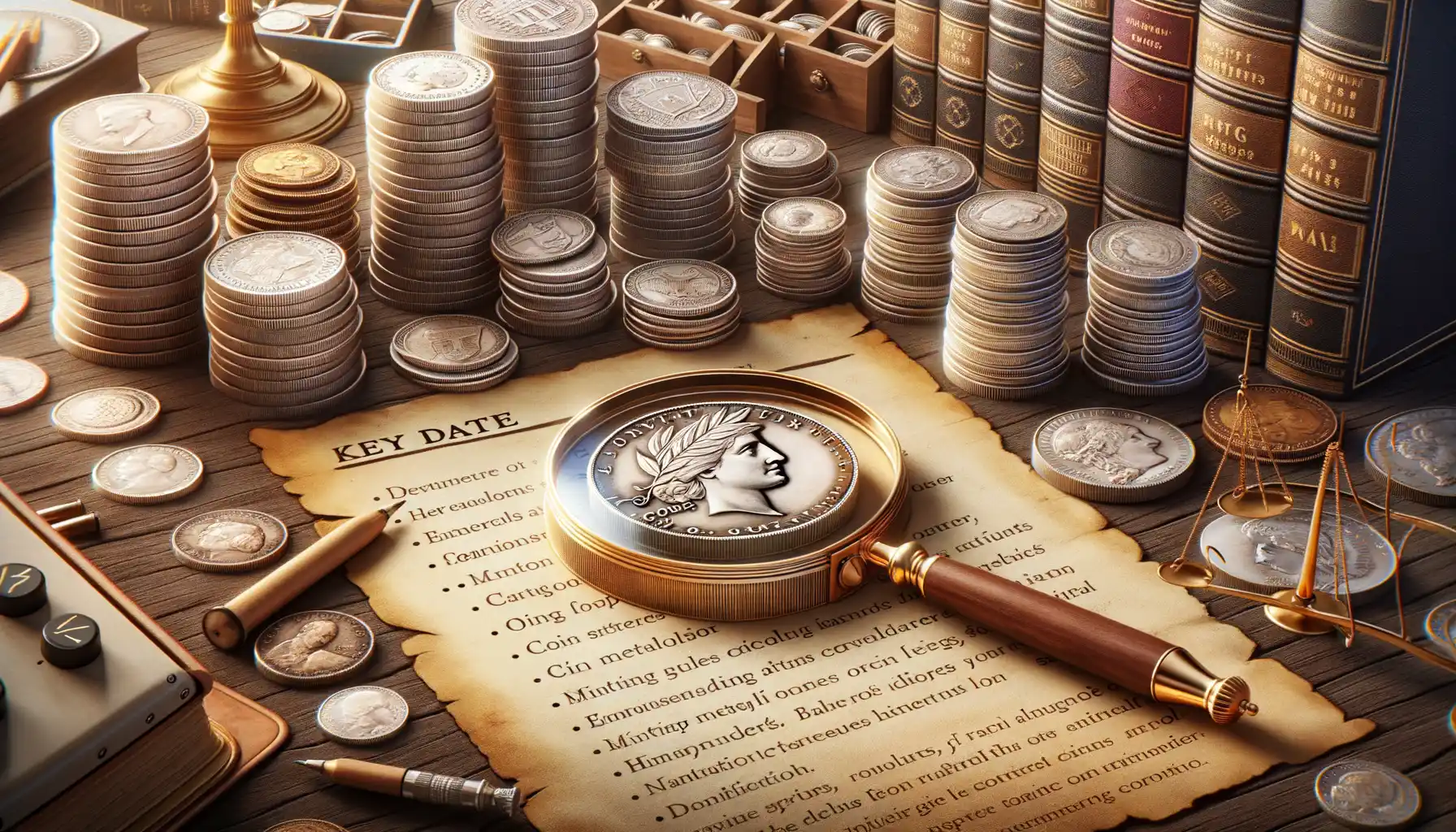
Scarcity: The Heartbeat of a Key Date
When it comes to key date coins, one word reigns supreme: scarcity. The rarer a coin, the more it pulses with desirability among collectors. Think of it as hunting for buried treasure—nobody gets excited over finding something everyone already has. Coins can become scarce for several reasons, like limited mintages, production errors, or even weird quirks of history. For example, the 1916-D Mercury Dime is legendary because only 264,000 were minted. That’s an *eye-blink* compared to the millions of others in the series!
The Stories That Coins Whisper
Besides rarity, key dates often have fascinating stories stitched into their DNA. Sometimes economic crises, political events, or even simple mismanagement at mints result in specific dates becoming iconic. Remember the 1909-S V.D.B. Lincoln Cent? Its designer initials caused such an uproar that they were removed almost immediately, making surviving pieces with “V.D.B.” highly coveted.
Here are some common threads that make a coin a key date:
- Low mintage numbers: Fewer coins produced equals higher demand.
- Minting anomalies: Double-die errors or off-centered strikes grab attention.
- Special historical connections: Coins tied to wars, reforms, or scandals often shine.
Key dates are not just coins—they’re time capsules loaded with mystery and allure!
Methods to Identify Key Dates in Different Coin Series
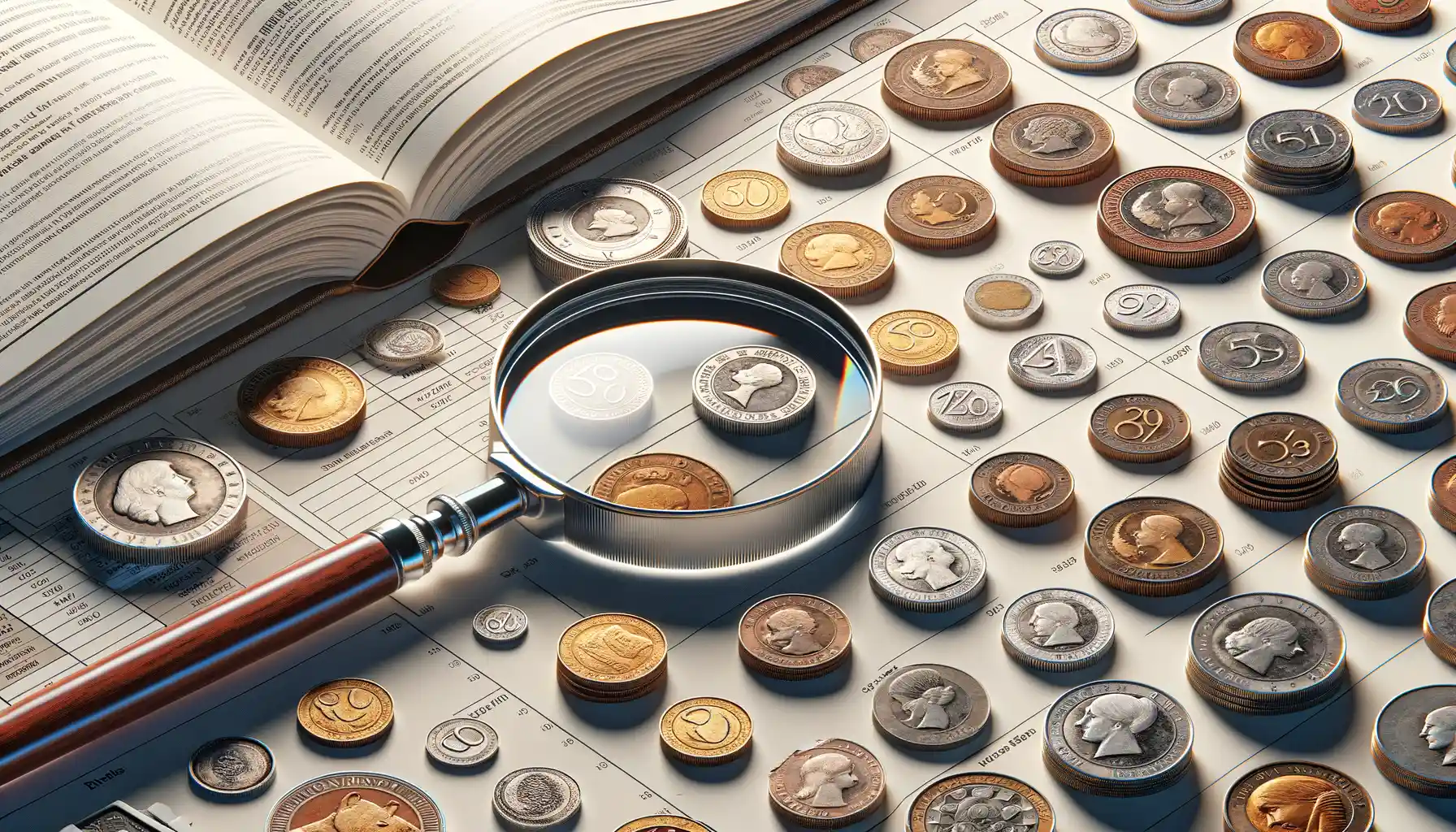
Dive Deep into Mint Marks and Mintage Numbers
Let’s talk about the secrets hidden in plain sight on your coins. One of the most reliable ways to uncover a key date in any series is by investigating the mint mark. Those tiny letters—like “D” for Denver or “S” for San Francisco—often whisper the story of where the coin originated. But here’s the trick: not all mint marks are created equal. Some mints produced significantly fewer coins in a given year, creating those sought-after rarities collectors dream about.
And then there’s the ultimate treasure map: mintage numbers. Imagine holding a coin minted during a year when only 10,000 were made—now that’s scarcity! You can check official mintage reports (many are online) to compare production numbers within a coin series. A drop in production usually signals a key date worth noting.
- Example: The 1909-S VDB Lincoln Cent owes its fame partly to its strikingly low mintage.
- Watch out for anomalies like mid-year design changes that can cause numbers to plummet!
In essence, the details hidden in mint marks and mintage stats can transform a “common” coin into a jackpot discovery.
Spotting Design Tweaks and Historical Contexts
Coins aren’t just currency—they’re time capsules. Their designs often reflect the story of their era, and sometimes, subtle changes in these designs can point to key dates. For instance, look for rare one-year designs or shifts in inscriptions. The Standing Liberty Quarter, for example, had a short-lived variation with a bare-breasted Liberty—key date alert!
But don’t stop there. Historical events also have a way of making certain coins truly unique. Wars, economic upheavals, or political shifts often affected mintage patterns. In 1932, the Washington Quarter debuted during the Great Depression, but the San Francisco-minted version became a standout key date due to its limited numbers.
Coin collecting is part investigation, part storytelling. By learning to spot these details, you’re not just building a collection—you’re unearthing pieces of history.
Popular Examples of Key Date Coins
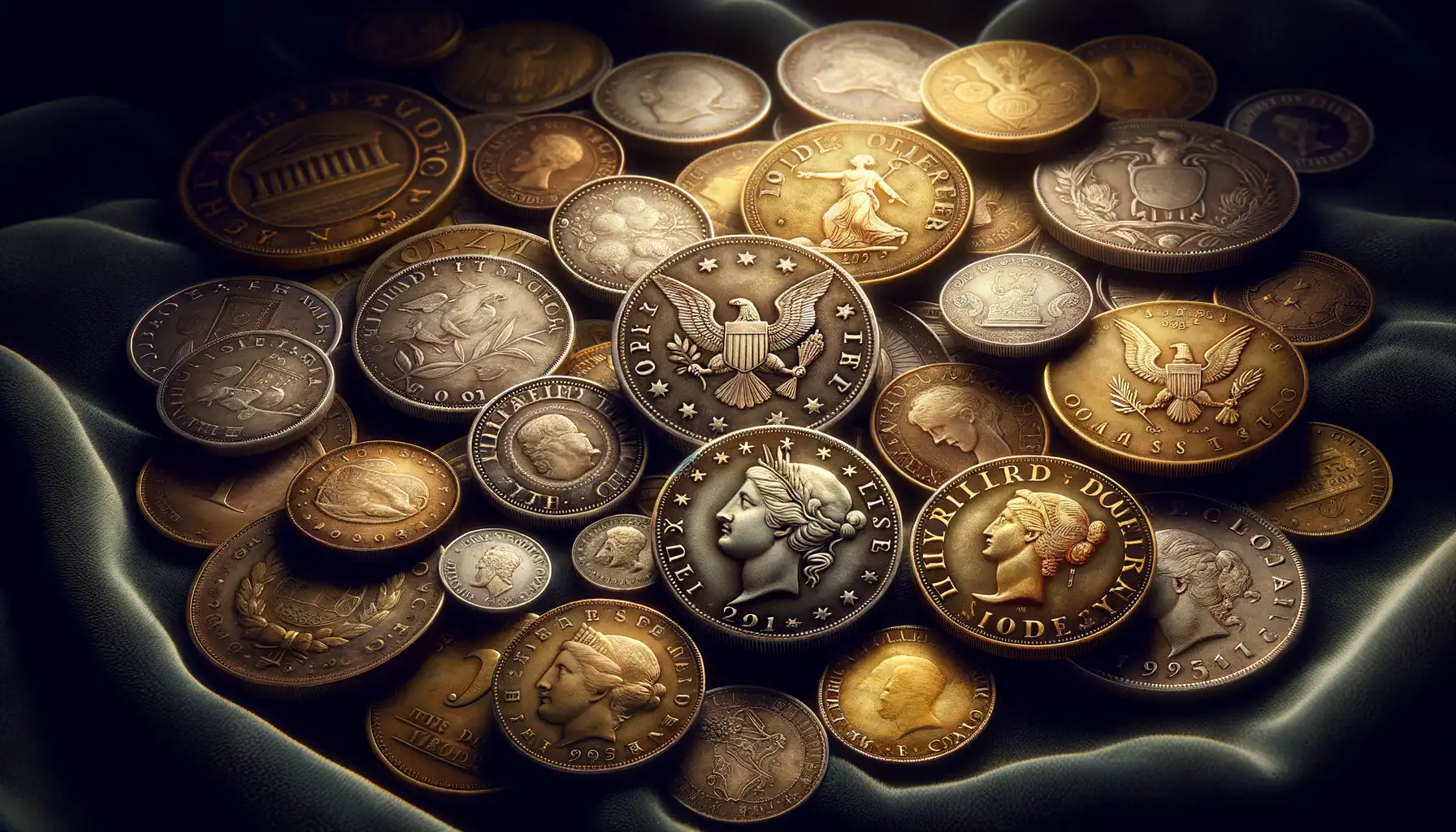
Timeless Treasures That Define Key Dates
Some coins carry stories so unique that they’ve earned legendary status in the numismatic world. These aren’t just hunks of metal; they’re snapshots of history wrapped in rarity. Let’s take a closer look at some standout examples of key date coins that collectors dream of finding.
- 1909-S V.D.B. Lincoln Cent: This iconic penny whispers tales of controversy, as its designer’s initials (V.D.B.) were abruptly removed from later issues. With only 484,000 minted, it’s like hunting for a four-leaf clover among millions of blades of grass.
- 1916-D Mercury Dime: Known for its delicate beauty, this coin was produced in tiny quantities at the Denver Mint—just 264,000 made. Finding one in good condition today? Think of it as spotting a shooting star during a meteor shower.
- 1932-D Washington Quarter: Dubbed a cornerstone of the quarter series, this coin saw limited production due to the Great Depression—rarer than the day’s optimism.
Living Legends of Modern Coinage
While older coins often steal the spotlight, modern examples can also pack a punch. Take the 1995-W American Silver Eagle, for instance. Minted for collectors, its proof version became an instant sensation—and its scarcity skyrocketed values overnight.
Or how about the 2019-W Lincoln Cent? Sneaky and exclusive, these elusive cents were nestled lovingly into special mint sets, thrilling collectors who stumbled upon them. Imagine finding one tucked away like a secret note in your lunchbox!
These coins prove that whether vintage or modern, key dates are the dazzling anomalies in a sea of ordinary strikes.
Tips for Collectors to Maximize Their Collection’s Value

Preserving Your Collection for Long-Term Value
Your coin collection is more than shiny metal; it’s a treasure chest of history, rarity, and stories waiting to be told. But let’s talk about the fine art of ensuring those coins keep their worth—or even grow in value over time. First off, storage matters. Coins are like delicate works of art; they hate extreme temperatures, moisture, and careless handling. Invest in archival-quality holders or capsules, because a scratched surface can sink a coin’s worth faster than you’d think.
And speaking of handling—forget bare fingers! The oils on your skin may as well be kryptonite for a coin. Always use cotton gloves or handle them by the edges only. Oh, and here’s a tip: keep a magnifying glass handy. You’ll catch every tiny detail that makes your coins special (or not-so-special) before anyone else does!
- Document everything: Create a log listing purchase price, provenance, and condition.
- Keep an eye on trends: Certain series rise in popularity, and market timing can make all the difference.
Your attention to these fundamentals can mean the difference between a collection with sentimental value—and a collection with unmatched financial and historic worth.

